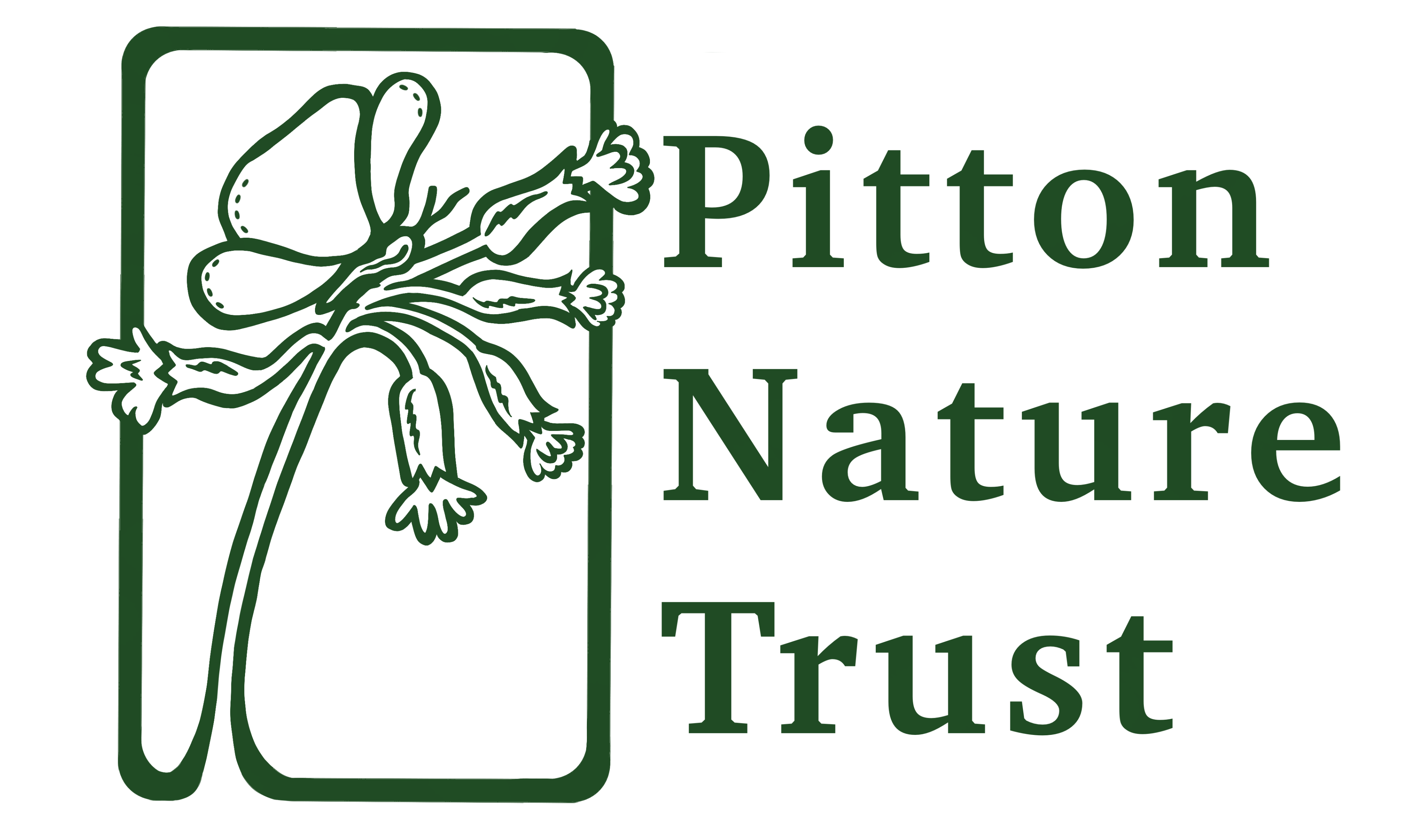During 2024 local resident Carole Smith has been conducting regular surveys of the grasses in The Close. Here are some of her pictures and details of what she has seen.
False Oat Grass
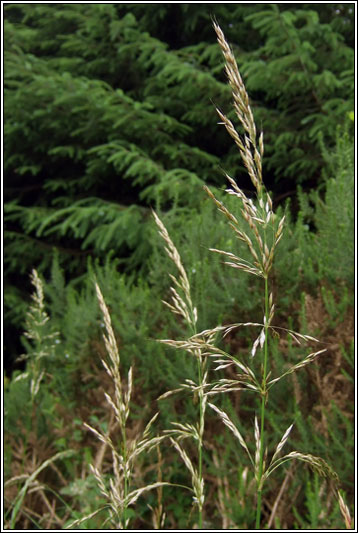
False Oat-grass (also known as Tall Oat-grass) is a tall, erect, loosely tufted, perennial grass with wide flat leaves. Its flowering stems grow up to 150cm terminating in branched oat-like heads which have a silvery look.
It is one of a number of native grasses that are found on unimproved grasslands. It thrives best in deep soils with a good supply of nutrients and is intolerant of grazing or frequent cutting.
Cock’s-foot Grass
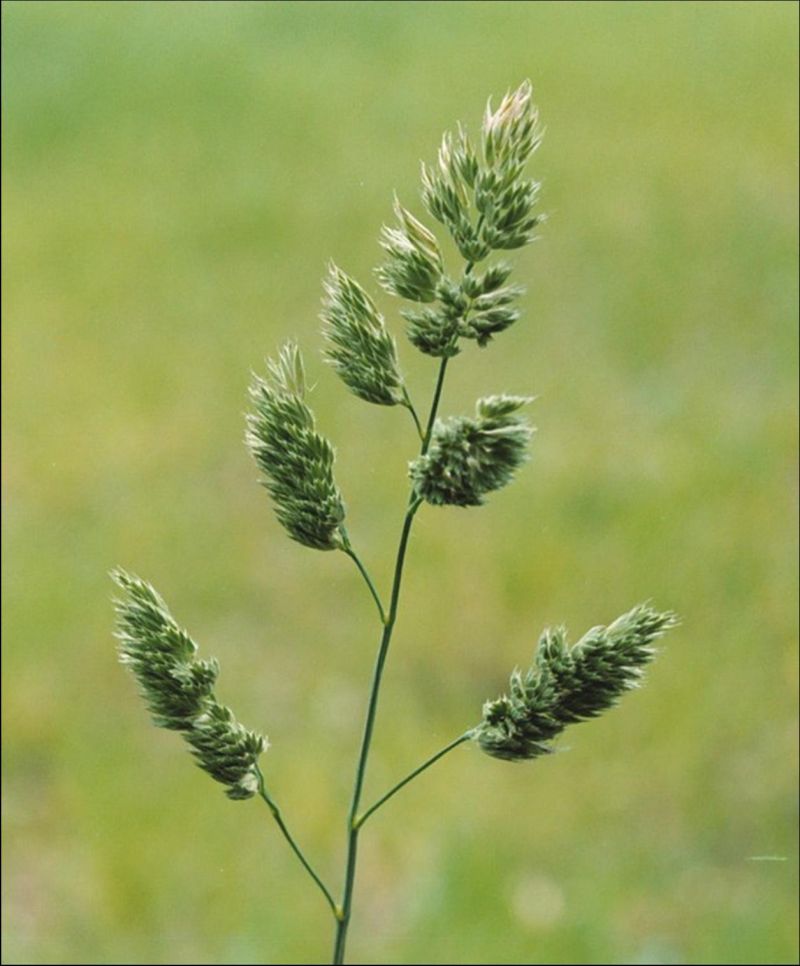
Cock’s-foot is a tall easily recognised grass. It has slim stems with clustered flower heads that look a bit like a birds foot. Its leaves are rough and have sharp edges which can give a nasty cut if pulled the wrong way.
This common grass tolerates dry soils and grows vigorously. It can colonising quickly overshadowing smaller, more delicate flowers and grasses.
It is a food plant for the caterpillars of many butterfly species including the Marbled White, Meadow Brown, Ringlet, Speckled Wood, Essex Skipper, Large and Small skipper, and also the Wall Brown.
Yorkshire Fog
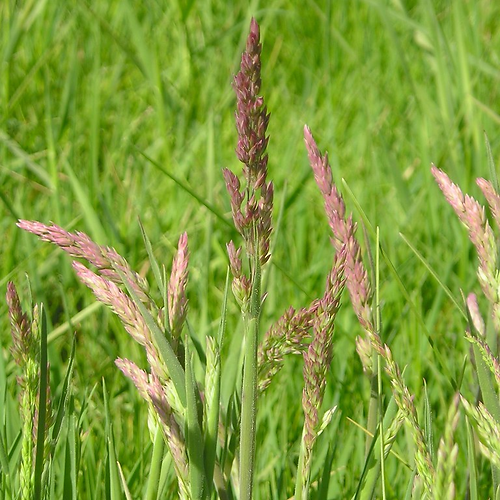
Yorkshire fogs downy seed heads and stems are soft to the touch. Its purple-tinged flower heads appear from May to August
It is common throughout the UK and can form a dense stand that excludes other plants.
It is a food plant for the caterpillars of a number of butterfly species including the Marbled White, Small Skipper, Speckled Wood and Wall Brown.
Fescue (maybe Red Fescue?)
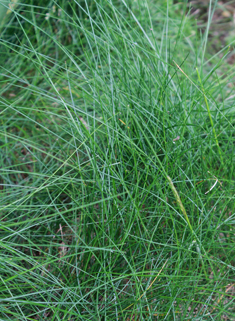
Fescues varieties are difficult to identify. They are characterised by very fine round looking leaves.
Red Fescue is a native perennial. Flowers June to August. Very variable in appearance with several subspecies recognised, Leaf blades often very fine, 1-5mm or more wide according to subspecies, It is a food plant for caterpillars of the Grayling and Marbled White butterflies. While other fescue varieties support the Gatekeeper, Meadow Brown and the Small Heath.
Rough Meadow Grass
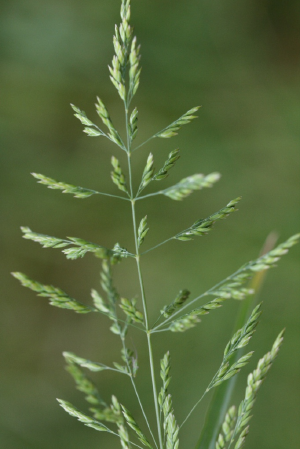
This is a shorter grass, 20 -60cm with rough leaves. It has deep roots and grows in a dense tuft at the base. It is tolerant of many conditions including drought and shade.
It is a food plant for the caterpillars of several butterfly species including the Gatekeeper, Meadow Brown, Ringlet and Small.
Perennial Rye Grass
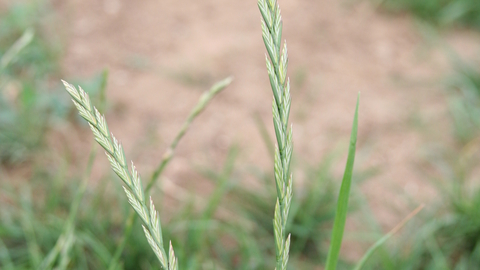
Perennial rye-grass has flat narrow, blade-like leaves. It is a tough vigorous native grass that is commonly used in agriculture and for reseeding grasslands.
It grows rapidly and will smother other flowers and grasses.
